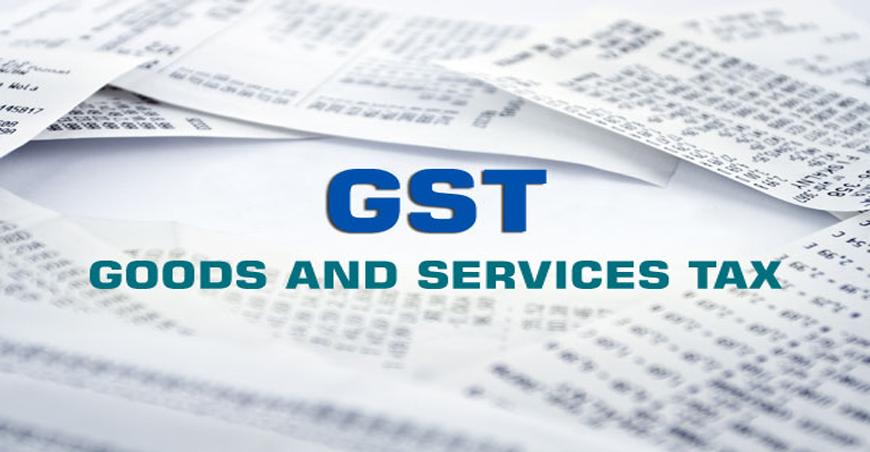The government on Friday extended the validity of e-way bills and deferred the application of restricted 10 per cent input tax credit under goods and services tax (GST) giving relief to the industry dealing with supply and cash flow issues amid the coronavirus (Covid-19) induced lockdown.
The validity of e-way bills that were set to expire between March 20 and April 15, has been extended till April 30 to help companies facing supply-related issues with orders stuck in transit in most cases.
“Where an e-way bill has been generated and its period of validity expires during the period 20th day of March, 2020 to 15th day of April, 2020, the validity period of such e-way bill shall be deemed to have been extended till the 30th day of April, 2020,” the finance ministry said in a notification issued late evening on Friday.
Under the GST regime, e-way bill has to be generated if goods worth over Rs 50,000 are transported. An e-way bill is valid for up to 24 hours for a distance of 100 km, depending on the size of the vehicle. However, if the vehicle does not cover 100 km within 24 hours, another bill has to be generated. For every 100 km travelled, the bill is valid for one additional day.
The central board of indirect taxes and customs (CBIC) also deferred the application of 10 per cent restriction for availing input tax credit for February, to August, and rolling over the cumulative applicability to the month of September this year. The seven-month window will ease industry’s working capital and cash flow.
In order to plug evasion, the GST Council in had in December restricted input tax credit to 10 per cent of the eligible amount for an entity if its supplier has not uploaded relevant invoices detailing the payments made. It was tightened from 20 per cent introduced in October.
The GST collections fell below the Rs 1-trillion mark in March after a gap of four months, although disruption caused due to coronavirus-induced lockdown will only get captured in the subsequent months.



